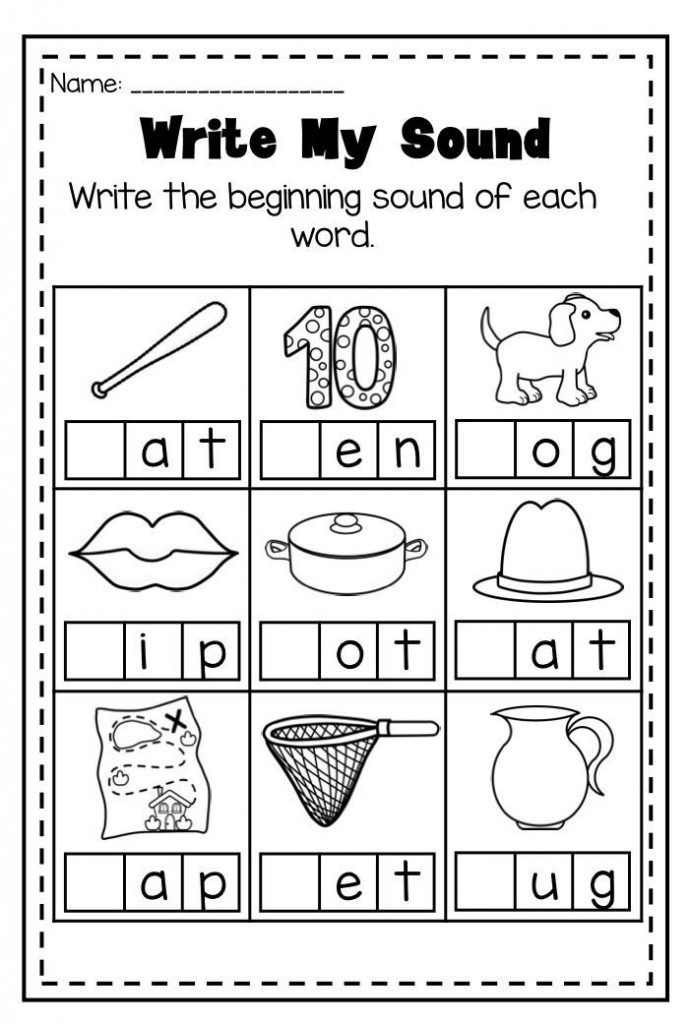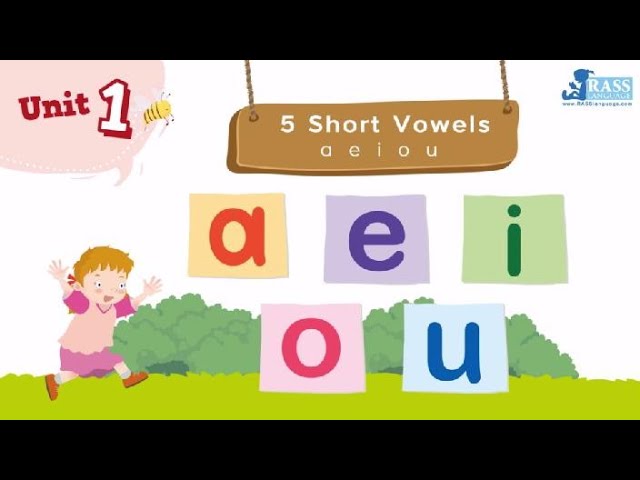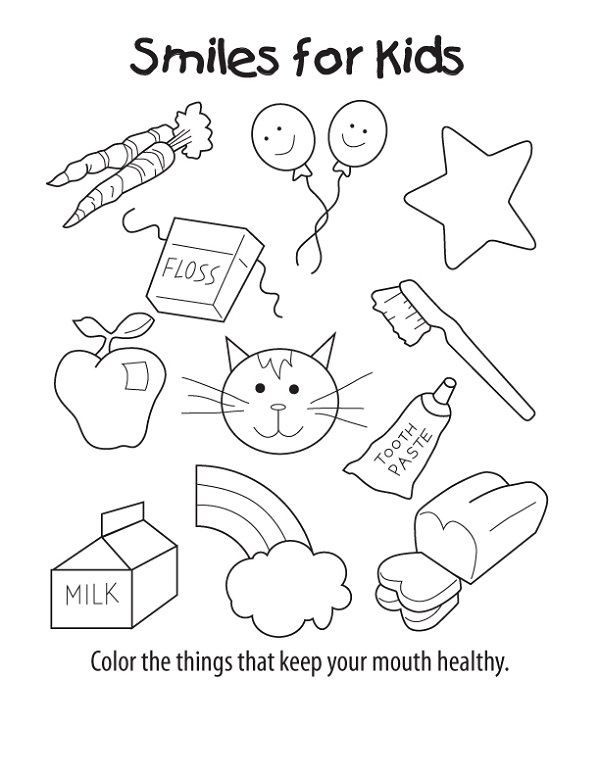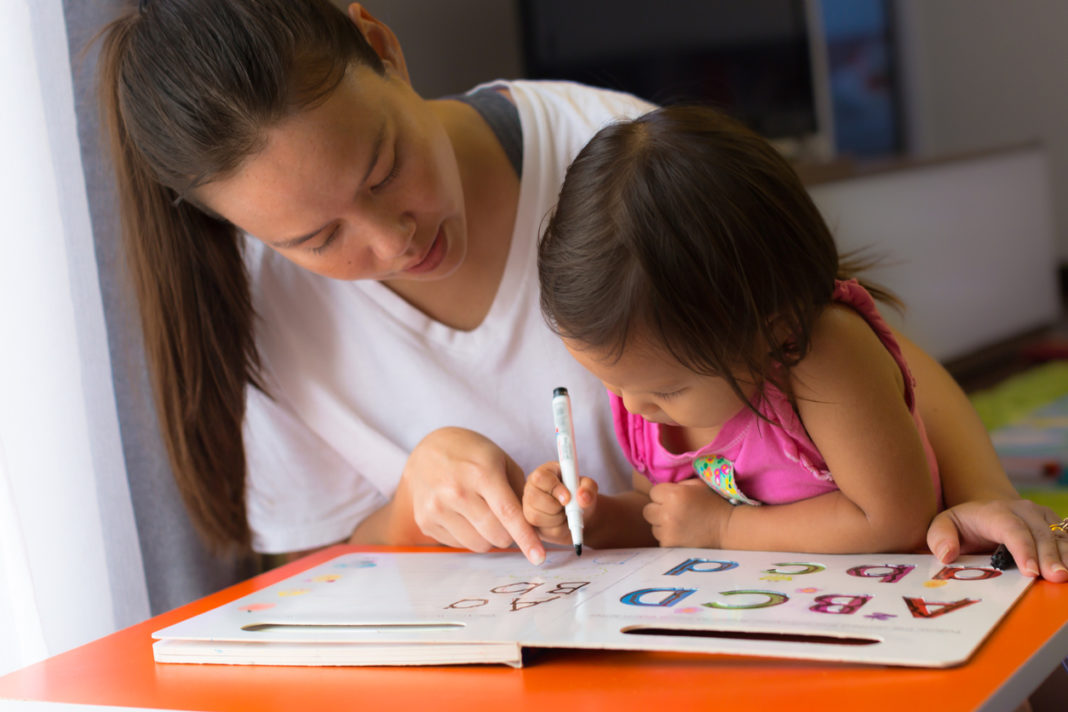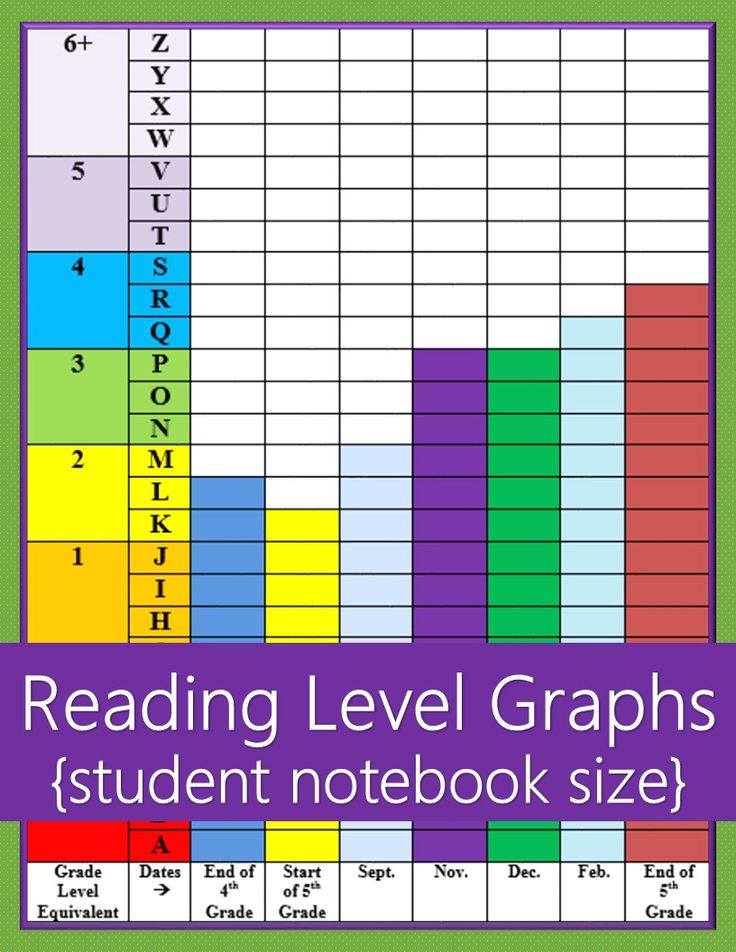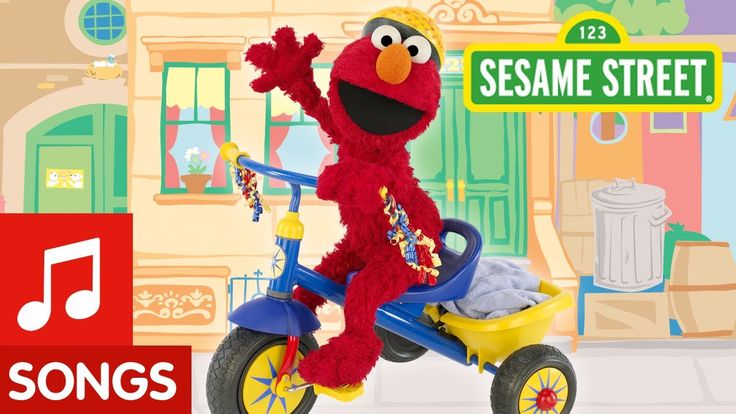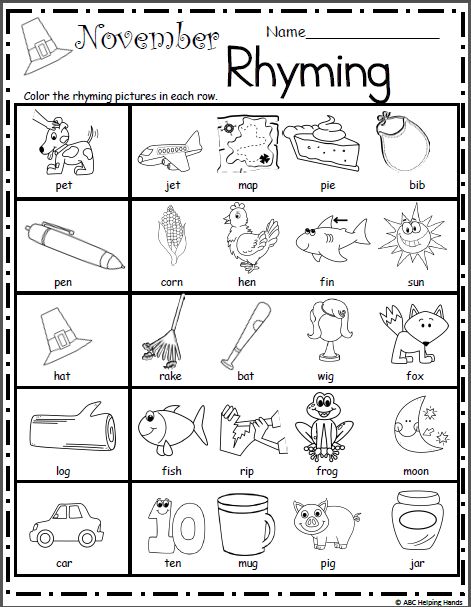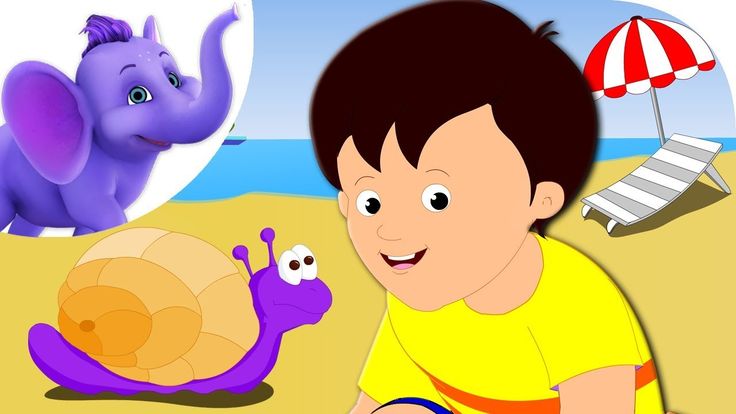Compound word with kid
150 Examples of Compound Words for Kids
Compound words are formed when two or more words are joined together to create a new word that has an entirely new meaning.
Click here for Compound Words Games, Videos, Quizzes, Worksheets and Lessons.
For example, “sun” and “flower” are two different words, but when fused together, they form another word, Sunflower. These words are formed by either adding a hyphen or just using the two words as a single term. The spelling of the two words is not necessarily changed when they are joined together, but the definition becomes unique.
Consider the words “make up” and “makeup”. This is a more advanced example of a compound word because the resulting combination is a homonym and can be used in more than one way.
Make up your mind fast.
My makeup was ruined by the rain!
I have a makeup exam tomorrow.
![]()
In the first sentence, make up is a verb. In the second sentence, makeup is used as a noun. In the third sentence, we see makeup as an adjective describing “exam.”
Types of Compound Words
There are three types of compound words;
- Closed Compound words: These words are written as a single word, such as haircut, newspaper, grandmother, etc.
- Open Compounds: Compound words that are written as separate words such as high school, living room, school bus, etc.
- Hyphenated Compounds: Words that use a hyphen in between two words, such as well-known, second-rate, merry-go-round, etc.
Fun ways to teach Compound Words
Every child has a different way of learning. What works for one may not work for another so we have created these fun ways to teach your kid compound words. Choose the best activity that tailors to your kid’s learning style.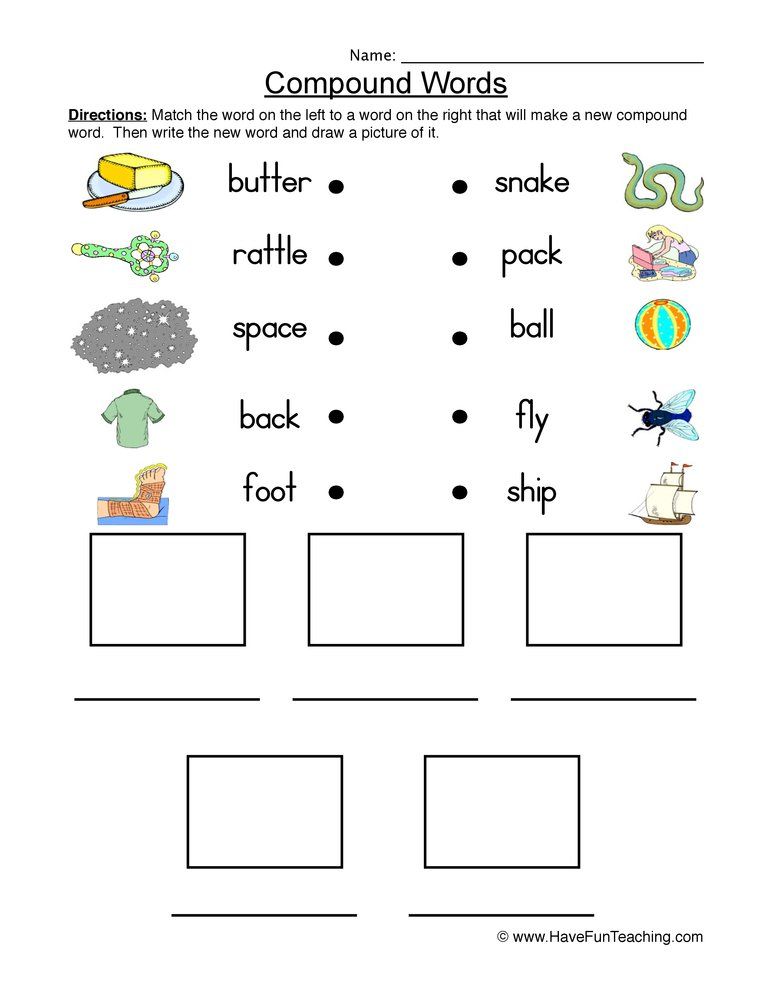
- Visual learning style – Prepare flashcards, half with words and half with pictures. Have your child lay them out in grid style and flip two cards over at a time. The goal is to find a word and a picture to create a compound word. Students will have to use their memory to succeed at this game.
- Kinesthetic learning style- Give students a compound word and have them draw the two “parts” of the compound word. For example, for “doghouse” a kid would draw a dog and a house.
- Help the kids make compound word daisies. Have them write a word in the middle of the paper flower and ask them to write compound words that utilize the word on the petals.
Once your students know the basics of compounds, you can help them move onto more difficult words.
Practice with these 150 examples of compound words:
- Airplane
- Airport
- Angelfish
- Antfarm
- Ballpark
- Beachball
- Bikerack
- Billboard
- Blackhole
- Blueberry
- Boardwalk
- Bodyguard
- Bookstore
- Bow Tie
- Brainstorm
- Busboy
- Cabdriver
- Candlestick
- Car wash
- Cartwheel
- Catfish
- Caveman
- Chocolate chip
- Crossbow
- Daydream
- Deadend
- Doghouse
- Dragonfly
- Dress shoes
- Dropdown
- Earlobe
- Earthquake
- Eyeballs
- Father-in-law
- Fingernail
- Firecracker
- Firefighter
- Firefly
- Firework
- Fishbowl
- Fisherman
- Fishhook
- Football
- Forget
- Forgive
- French fries
- Goodnight
- Grandchild
- Groundhog
- Hairband
- Hamburger
- Handcuff
- Handout
- Handshake
- Headband
- Herself
- High heels
- Honeydew
- Hopscotch
- Horseman
- Horseplay
- Hotdog
- Ice cream
- Itself
- Kickball
- Kickboxing
- Laptop
- Lifetime
- Lighthouse
- Mailman
- Midnight
- Milkshake
- Moonrocks
- Moonwalk
- Mother-in-law
- Movie theater
- Newborn
- Newsletter
- Newspaper
- Nightlight
- Nobody
- Northpole
- Nosebleed
- Outer space
- Over-the-counter
- Overestimate
- Paycheck
- Policeman
- Ponytail
- Post card
- Racquetball
- Railroad
- Rainbow
- Raincoat
- Raindrop
- Rattlesnake
- Rockband
- Rocketship
- Rowboat
- Sailboat
- Schoolbooks
- Schoolwork
- Shoelace
- Showoff
- Skateboard
- Snowball
- Snowflake
- Softball
- Solar system
- Soundproof
- Spaceship
- Spearmint
- Starfish
- Starlight
- Stingray
- Strawberry
- Subway
- Sunglasses
- Sunroof
- Supercharge
- Superman
- Superstar
- Tablespoon
- Tailbone
- Tailgate
- Take down
- Takeout
- Taxpayer
- Teacup
- Teammate
- Teaspoon
- Tennis shoes
- Throwback
- Timekeeper
- Timeline
- Timeshare
- Tugboat
- Tupperware
- Underestimate
- Uplift
- Upperclassman
- Uptown
- Video game
- Wallflower
- Waterboy
- Watermelon
- Wheelchair
- Without
- Workboots
- Worksheet
Compound Words For Kids: Tips And Activities
What do you get when you put
foot and ball together? Football! This is an example of a compound word, and as your child continues to build their vocabulary, it’s essential to introduce them to compound words for kids.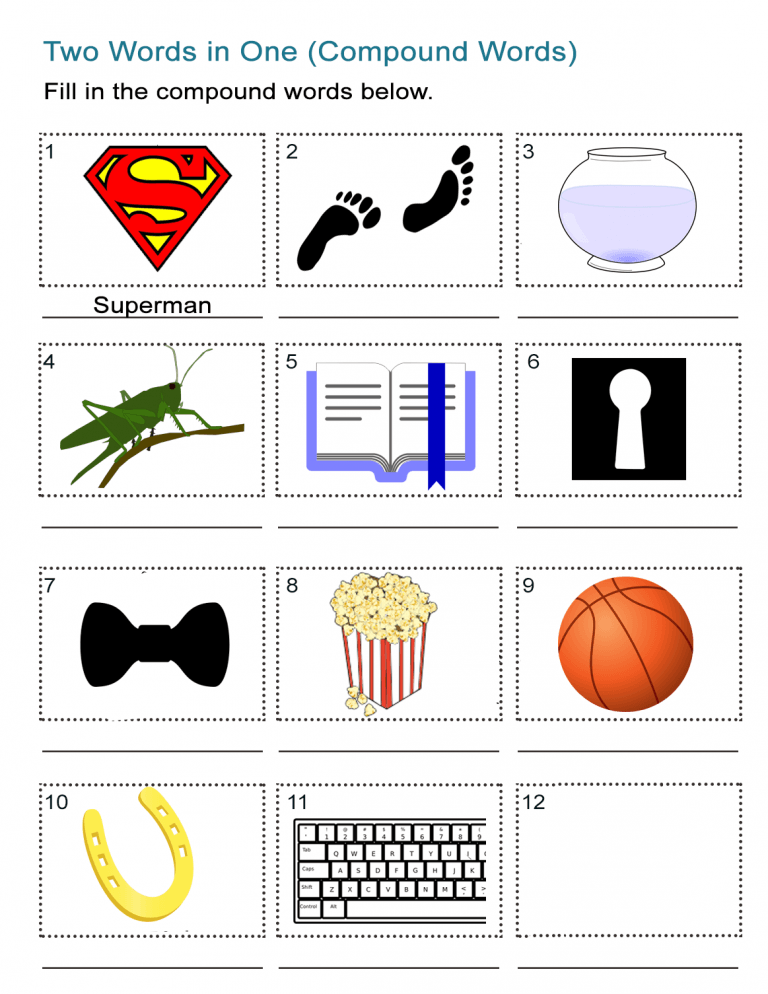
In this article, we’ll discuss how to form a compound word and how to help your child identify them in a sentence. We’ll also compare the different types and share some fun activities for your young learner to practice their new vocabulary skills.
What Is A Compound Word?
In the football example above, we combined two small words (foot + ball) to form a new one. This is the essence of a compound word: a word formed by combing two smaller words.
There are also compounds made of three words (for example: heretofore, nevertheless, highwaymen). But for now, it is best to stick to two-word compounds.
Why is it important to know how to appropriately form compound words? Well, combining words in a compound form creates an entirely different meaning than the meaning of the two original words.
For example, when you combine run (a pace) and way (direction), you get runway (an airplane landing strip or fashion walkway). This is an important distinction.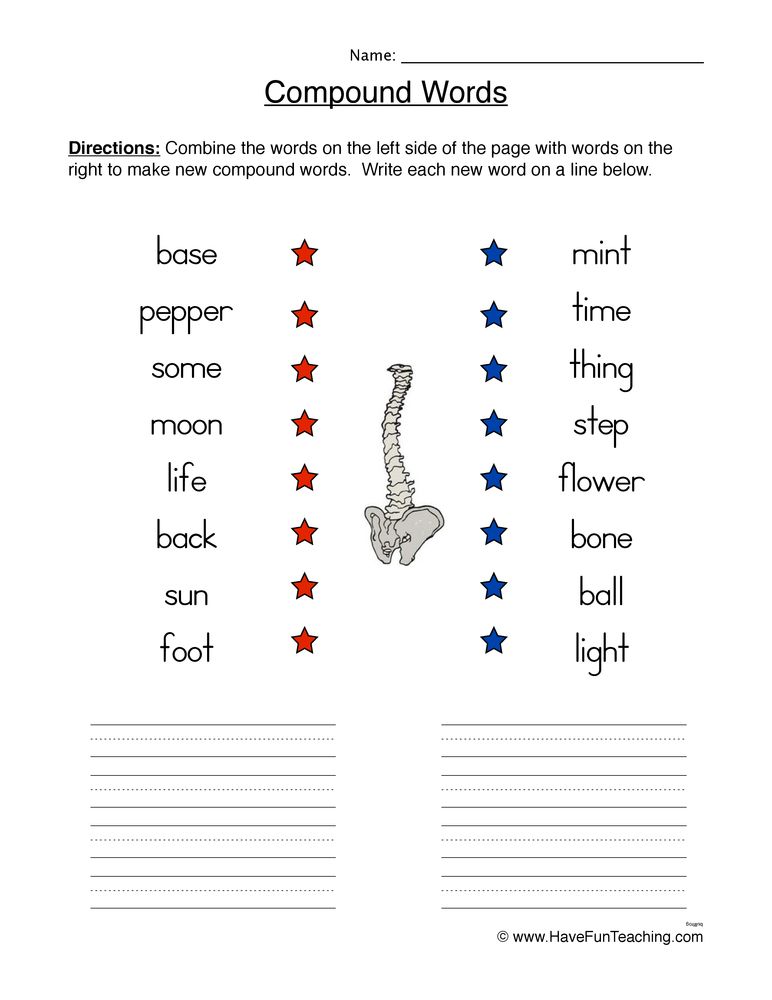
Identifying Compound Words
While compound words have multiple syllables, not all multi-syllable words are compound words.
The best way to check if a word is a compound word is to see if you can break it down into separate words. If you can, then it’s a compound word. If you can’t, then it’s not.
Let’s test this out using the words below:
- Doctor
- Family
- Moonwalk
Is doctor a compound word? Though this word has two syllables, it doesn’t qualify as a compound word because you can’t break it down into separate words.
What about the word family? This word has three syllables. However, it can’t be categorized as a compound word because, just like doctor, it isn’t made up of separate words.
Is moonwalk a compound word? Moon + walk = moonwalk. So, yes! This is a compound word.
You can apply this test to any word to see if it meets the compound word requirements.
The 3 Types Of Compound Words
There are three different types of compound words: closed, open, and hyphenated.
- Closed compound words are created when two separate words form a single new word. For example, note + book = notebook.
- Open compound words are also created from two separate words. However, the words are still separated. For example, dining + room = dining room, or ice + cream = ice cream.
- As the name suggests, hyphenated compound words are connected by a hyphen. For example, long + term = long-term, or mother + in + law = mother-in-law.
While this may seem like a lot to teach, don’t worry. There’s no need to explain the three different types to your child. At this stage of their learning journey, the focus will be on closed compound words only.
Compound Words For Kids
There are hundreds of compound words for kids to learn. Here are a few to help you get started:
- Fire + Fighter = Firefighter
- Super + Hero = Superhero
- Snow + Ball = Snowball
- Note + Book = Notebook
- Rail + Road = Railroad
- Under + Ground = Underground
- In + Side = Inside
- Mail + Box = Mailbox
- Break + Fast = Breakfast
- Sun + Flower = Sunflower
- Tooth + Brush = Toothbrush
- Rain + Coat = Raincoat
- Lip + Stick = Lipstick
- Cat + Fish = Catfish
- Bird + House = Birdhouse
- Arm + Pit = Armpit
- Work + Sheet = Worksheet
- Stair + Case = Staircase
- Some + Where = Somewhere
- Butter + Fly = Butterfly
- Sun + Glasses = Sunglasses
- Grand + Parents = Grandparents
- Text + Book = Textbook
- Cup + Cake = Cupcake
- Day + Dream = Daydream
- Book + Case = Bookcase
Activities That Teach Compound Words For Kids
1) Reverse The Word Order
What You’ll Need:
- Index cards
- Markers
- A list of reversible compound words
What To Do:
To get started, write one half of your compound word on a single index card and the other half on another.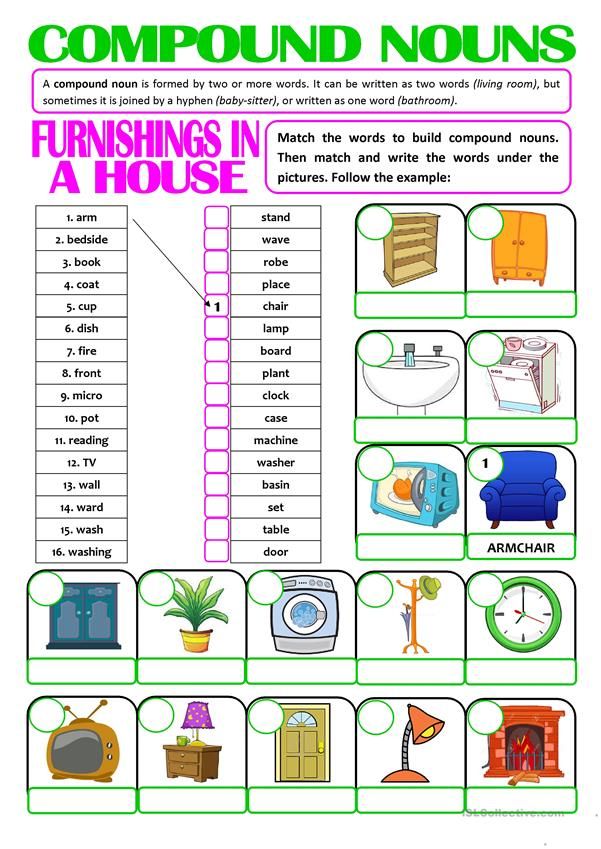 This means that each word will have two separate cards.
This means that each word will have two separate cards.
As the name suggests, this game requires reversible compound words. For instance, sleepover — oversleep.
If you can’t think of any right now, here’s a list to get you started:
- Sleepover
- Lookout
- Breakout
After writing the compound word parts on your two index cards, help your child read them out loud and take time to explain any word they may not understand. Then, lay the cards down, facing up.
The goal of Reverse The Word Order is simple: Reverse the order of the compound word.
Have your child look at the two parts of the reversible compound word that you laid down and read the cards together. Then, have them move the first card to the other side to make the second compound word and read it out loud.
If your child has trouble reading the words, don’t worry; they can still play! Simply read the words for them or help your child read them, and then continue as instructed above.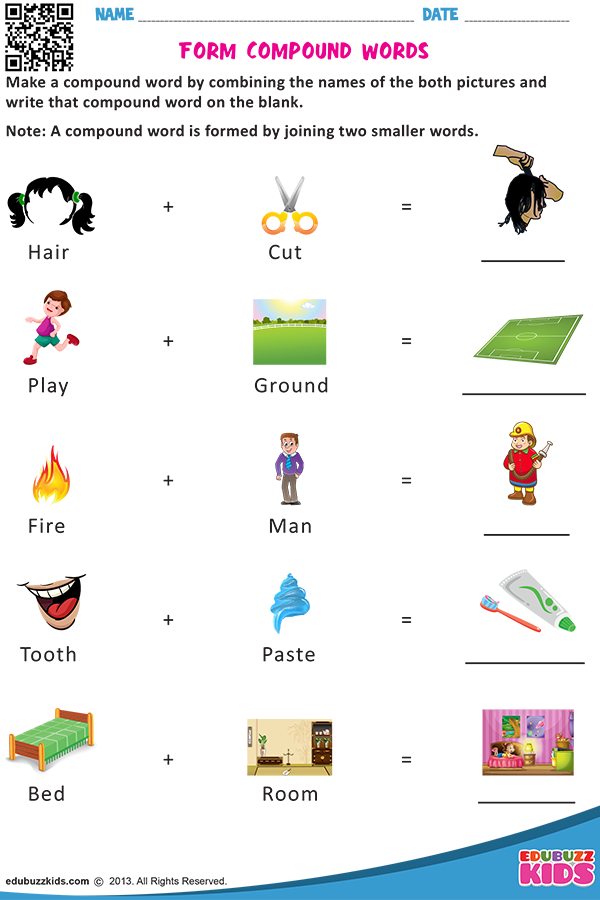
As a simpler alternative, you can also say a compound word backward and have your child try to say it forward. For example, if you say, “What is corn pop?”, they would answer, “Popcorn.”
This shows your child that each of these compound words can change into new words with entirely different meanings, depending on the order.
Completing this exercise will help your child understand the importance of word order in a compound word. For example, breakout and outbreak have completely different meanings, even though they are made up of the same letters and words.
As a simpler alternative, Say a compound word backwards and your child tries to say it forwards. What is corn pop? popcorn. What is boat life? Life boat.
This is also a great phonological awareness game. Phonological awareness refers to the skills a child needs to use while reading. In essence, it is understanding sounds in our language and how they relate to each other.
Phonological awareness plays a major role in early childhood literacy, and this game can help your child develop this important skill.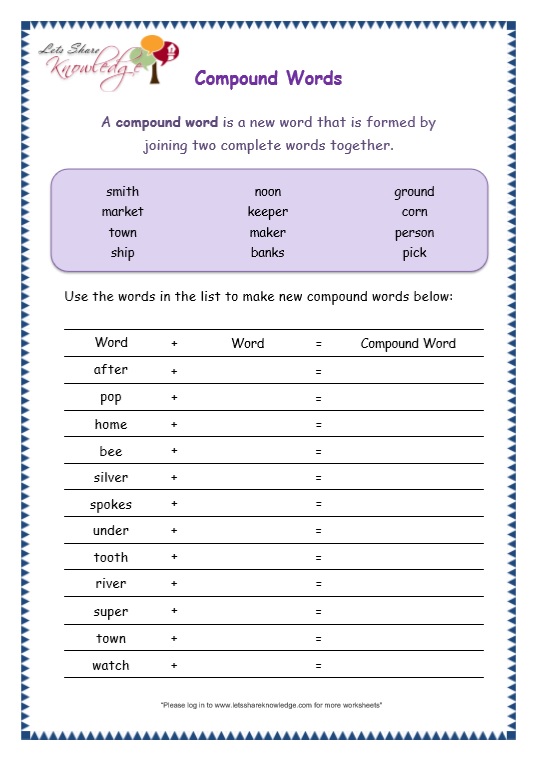
2) Image/ Word Match
What You’ll Need:
- Index cards
- Marker
- A list of compound words (you can use any of the words from the above “Compound Words For Kids” list)
- Pencil
What To Do:
With your child, write and draw the list of compound words on separate index cards. Write one half of the word in text and draw the other half as an image. For example, from the word pancake, one index card will have pan written out, and the other will have a drawing of a cake.
Next, lay your cards facing down (grid style).
To play, you and your child will take turns flipping two cards over at a time. (Think of the game Memory.) The goal is to find one card with a picture and another with a word to create a compound word.
When it’s your turn, if you find two cards that make up a compound word, you earn a point. If you don’t, you’ll have to wait for your next turn to try again. After 10 turns each, the player with the most points wins.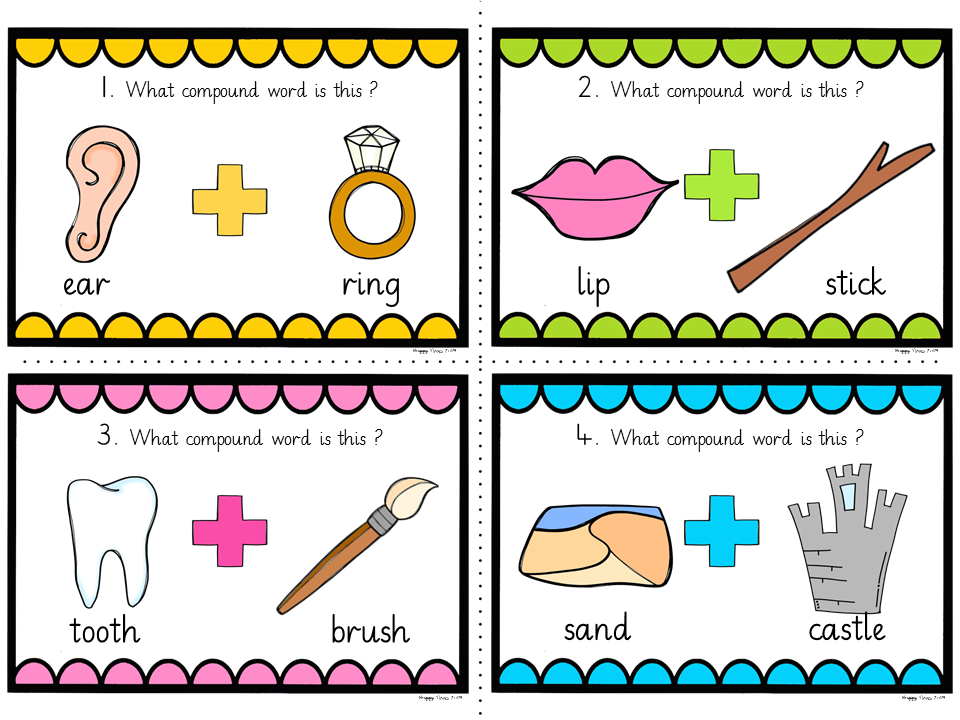
This game helps children develop segmentation skills. It also reinforces the concept that compound words are made from two separate words joined together.
For example, they may learn that the same cake from pancake can also form cupcake, cheesecake, etc.
3) Draw The Compound Word
What You’ll Need:
- Sheet of paper
- Index cards
- Marker
- Pencil
- Crayons
- A list of compound words (you can use any of the words from the above “Compound Words For Kids” list)
What To Do:
Sometimes, just understanding that a compound word is made up of two separate words can be hard to grasp for kids. This activity helps you demonstrate the concept in a fun and creative way.
Start by giving your child five compound words, and have them write the words down on a sheet of paper (with your help if needed). At this stage, your child will view the words as a whole.
Next, help your child separate the compound words by asking them to draw something that represents the two words that make up the compound word on each index card.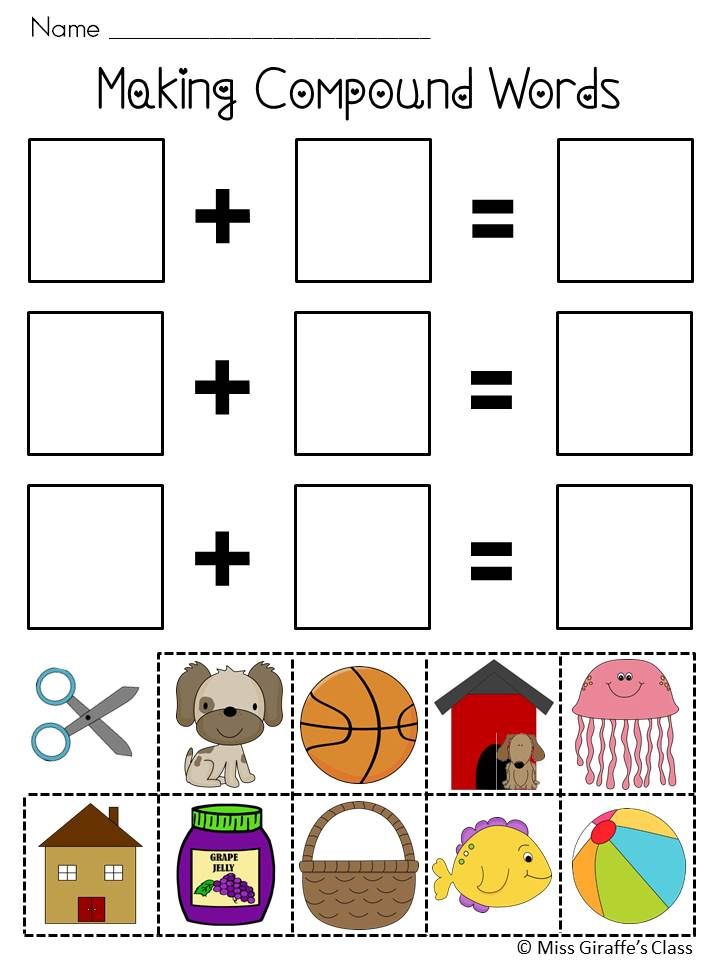
For example, from the word fireman, your child can draw one image of a fire and another of a man.
This isn’t a drawing competition, so don’t pay too much attention to how the images look. Instead, focus more on your child’s understanding of the separate words that make up the compound words.
4) Compound Word Creation
What You’ll Need:
- Index cards
- Marker
- A list of 5 compound words
What To Do:
Start by separating compound words into their two smaller words, and then have your child write each word on a separate card. While they are writing, encourage them to read the words out loud for practice.
Here’s a list of compound words you can use for this game:
- Goldfish
- Bookworm
- Superstar
- Rainbow
- Pancake
- Popcorn
- Butterfly
- Jellybean
- Moonlight
- Ladybug
After writing and reading the words, mix the cards up. Then, have your child pick two cards and make a brand new compound word.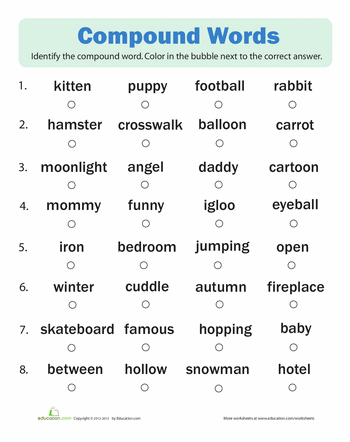 For example, from gold/fish, your child can create a new word — bookfish.
For example, from gold/fish, your child can create a new word — bookfish.
Note: The word doesn’t have to be “correct” — any two card combinations will do for this activity.
Let’s Make Some Compound Words!
Teaching compound words to kids is a great way to help them grow their vocabulary. If you’re working on this concept with your young learner, remember the fundamental rule: a compound word is made of two (or more) smaller words.
By using the activities above, you can help your child grasp compound words with ease!
Whether you decide to try out some or all of the games we recommend, be patient. Learning something new can take time, but with lots of practice, your child will eventually understand this new way to combine words!
Looking for even more ideas? Check out our Learn & Grow app for continued ways to support early childhood literacy.
Author
Expanding the child's vocabulary!
An active leap in the development of a child's speech occurs from 2 to 3 years: at this time, the vocabulary increases by 5-10 times.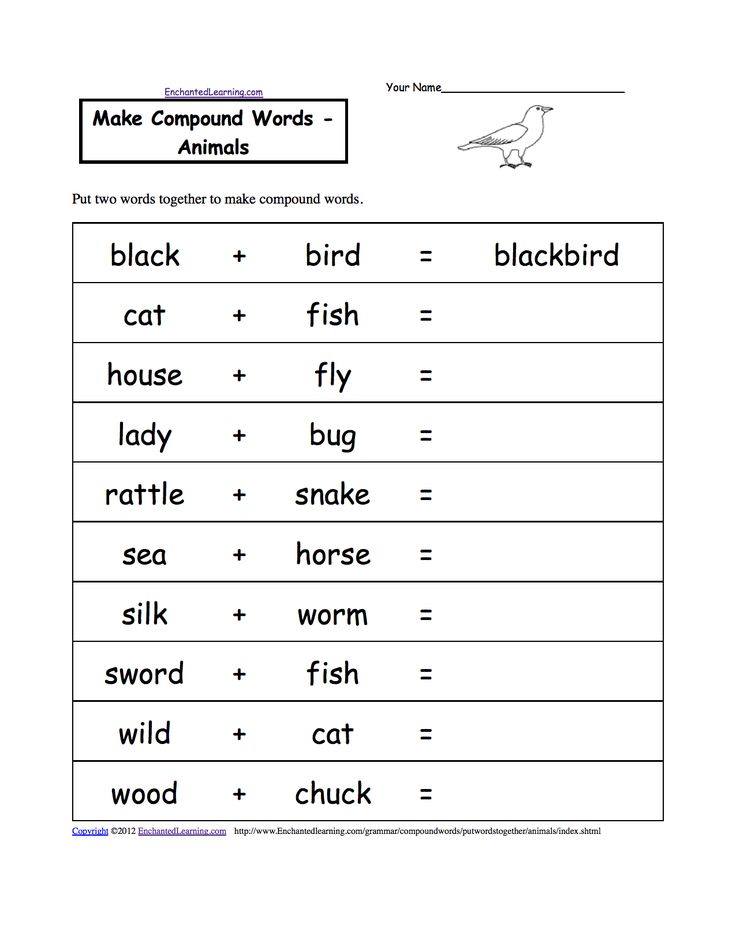 If at the age of two a baby uses only 50 of the simplest words, then by 3 years his vocabulary can already reach 300-700 words. What words form the basis of a three-year-old's vocabulary? First of all, these are the names of well-known objects and phenomena: toys, animals, body parts, dishes, furniture. At this time, the child begins to actively communicate, and his speech is enriched with generally accepted words, often used in dialogues: hello, bye, thank you, please, goodbye . It can also indicate the qualities of different people: kind, good, evil, beautiful . Gives his name, gender and age. Distinguishes singular and plural nouns and verbs (“car is driving” and “cars are driving”), understands the meaning of prepositions (that is, knows exactly what needs to be done if they say: “put the ball in the box” or “look for a pencil on the table”) . In addition, three-year-olds already have a good understanding of short stories and fairy tales (both based on illustrations and without them).
If at the age of two a baby uses only 50 of the simplest words, then by 3 years his vocabulary can already reach 300-700 words. What words form the basis of a three-year-old's vocabulary? First of all, these are the names of well-known objects and phenomena: toys, animals, body parts, dishes, furniture. At this time, the child begins to actively communicate, and his speech is enriched with generally accepted words, often used in dialogues: hello, bye, thank you, please, goodbye . It can also indicate the qualities of different people: kind, good, evil, beautiful . Gives his name, gender and age. Distinguishes singular and plural nouns and verbs (“car is driving” and “cars are driving”), understands the meaning of prepositions (that is, knows exactly what needs to be done if they say: “put the ball in the box” or “look for a pencil on the table”) . In addition, three-year-olds already have a good understanding of short stories and fairy tales (both based on illustrations and without them).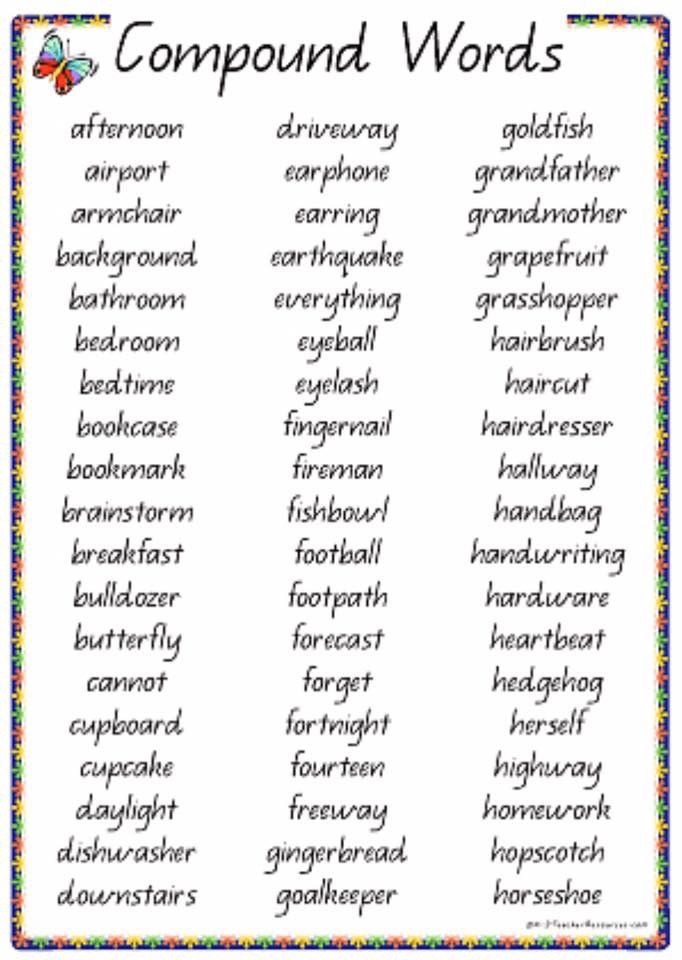
- Teach your child to replace “childish” names of objects, actions, people with their correct names: not “beep”, but a car, not “lyalya”, but a doll, not “yum-yum”, but there.
- Repeat an unfamiliar word with the child several times, come up with different phrases and sentences with this word.
- Train your child’s speech apparatus by repeating tongue-twisters with him: “Oop-up-up-up - I’m making soup for dad”, “Doo-doo-doo, do-doo-doo - the children are running in the garden”, “Ko-ko -cat loves milk", "Is-li-is the soup salty, not salt!".
At 4 years of life, children begin to better understand the relationship between objects and phenomena and make simple conclusions. At this age, they ask especially many questions (How? Why? Why? What is it called? What does it mean?). At 4 years old, a child's active vocabulary already reaches 1500 - 2000 words. The child is able to build complex sentences, uses prepositions and conjunctions (for, before, instead of, after, because, how much, when).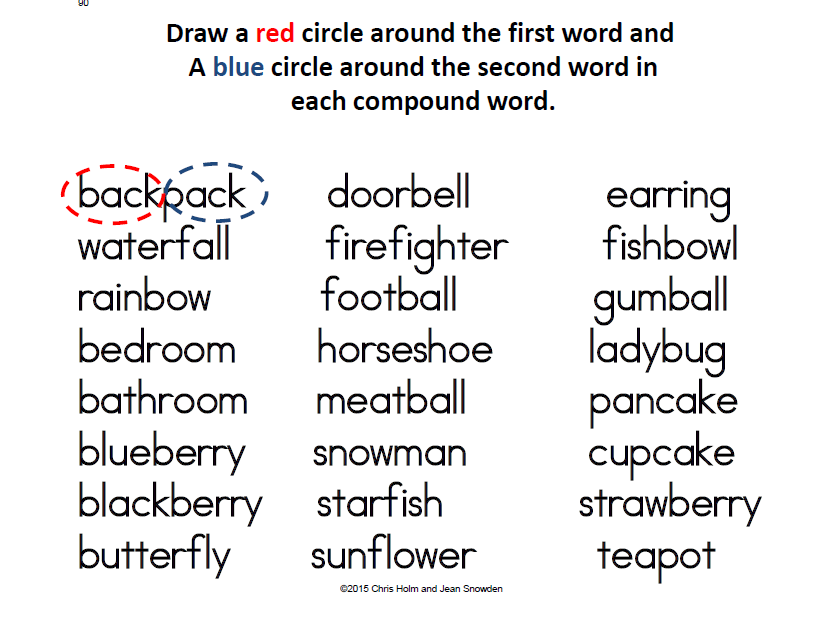 The concepts of time and space are added to speech. The child understands what generalizing words are: plums, apples and pears are fruits, a jacket and coat are clothes. Children replace unfamiliar words with “this” or “that” if they don’t know the exact name (“Give me that!”).
The concepts of time and space are added to speech. The child understands what generalizing words are: plums, apples and pears are fruits, a jacket and coat are clothes. Children replace unfamiliar words with “this” or “that” if they don’t know the exact name (“Give me that!”).
- Show your child pictures that make sense and ask him to find a common word for the objects, animals or people shown. Such an exercise develops not only logical thinking , but also fantasy (for example, if you show a child images of boys and girls, both “children” and “kids”, “pupils”, “friends” can become generalizing words and others).
At 5 years old the child must master all the sounds of his native language, and his vocabulary can already reach 3000 words. He confidently uses all parts of speech and is able to describe almost all objects of the reality around him.
- Name a word and ask the child to suggest the opposite in meaning: hot-cold, soft-prickly, bright-dim, light-dark.
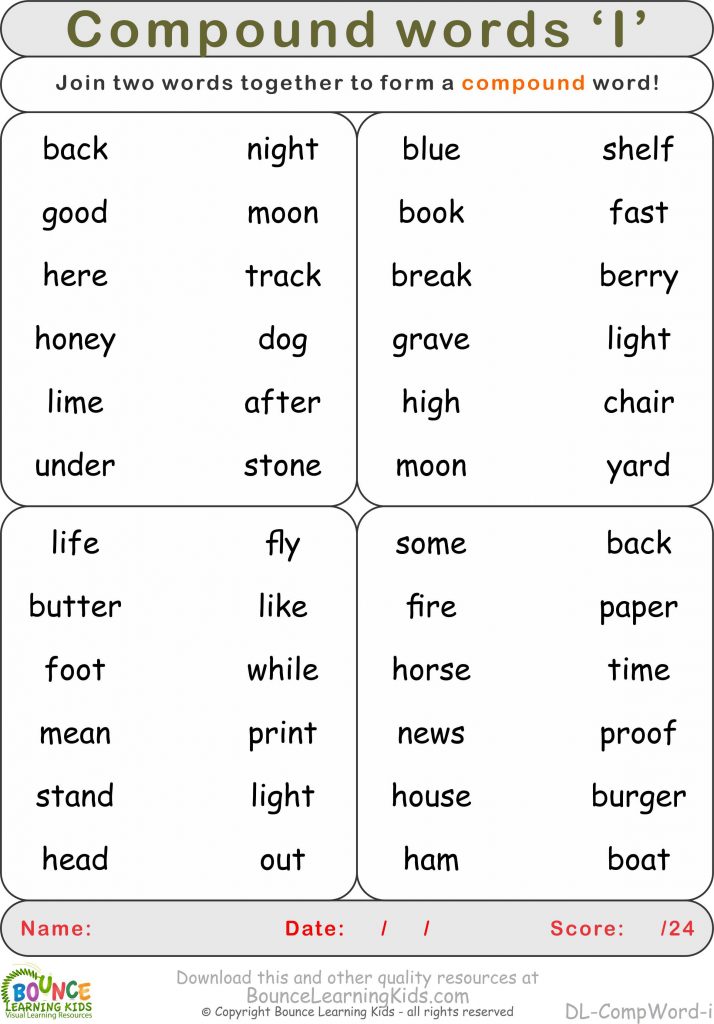
- Choose any object and name the adjectives that describe this object with the child in turn. For example, an apple is ripe, red, smooth, tasty, juicy, appetizing.
- To stop the child’s speech from being monosyllabic and jerky, try to make up stories with him, looking at the picture, let him describe those who are depicted in it, what they do, how they look, how they treat each other, etc.
Closer to 6 years , children's speech is actively enriched with figurative concepts and phrases (even if you gouge out your eye, no light, no dawn, eat to satiety). The child begins to understand grammatical rules, correctly builds words in a sentence, tries to guess what an unfamiliar word means.
- Name the child different words, for example, items of clothing and ask them to exclude the superfluous: T-shirt, pants, dress, bucket, coat.
- Introduce proverbs and sayings into communication, explain in which case they are used: for example, during lunch: “Vaska listens and eats”, during training or cleaning: “Without labor you can’t even pull a fish out of a pond” or “ Hurry up and make people laugh.
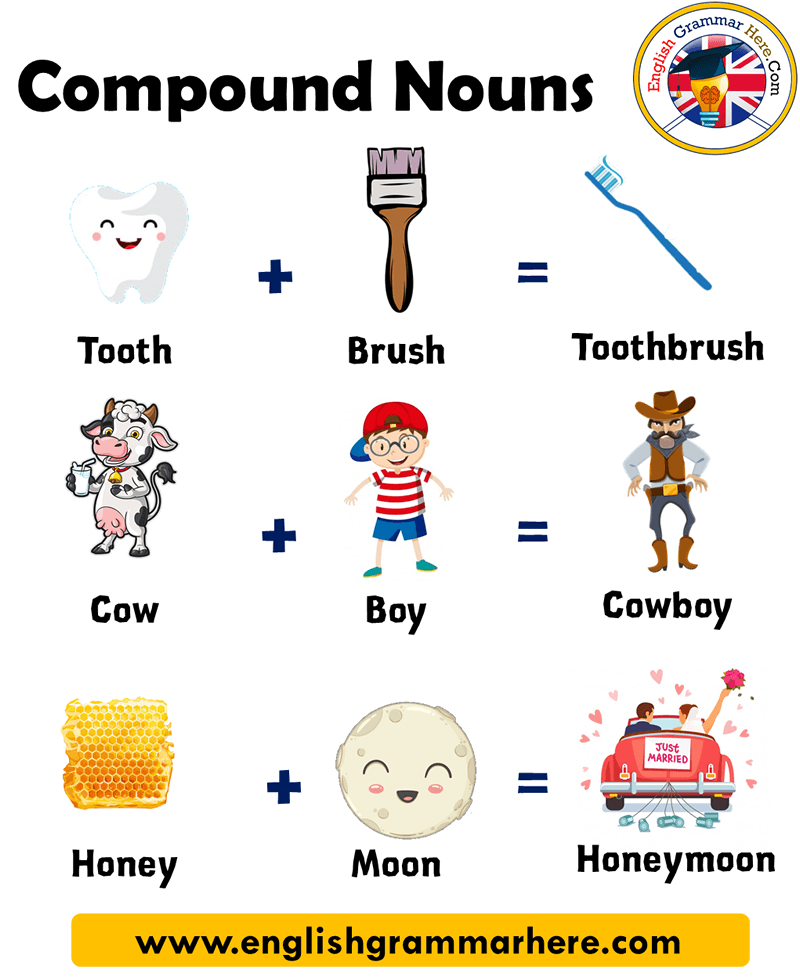 "
"
The most important rule, at first glance, and the simplest one is to talk to the child as much as possible, literally from the first days of life. Going for a walk, talk about the weather, name the brands of cars, the names of plants. If the child is in the kitchen when you are preparing dinner, explain what you are doing, pronounce the names of the items of utensils and the various ingredients of the dish. Don't be afraid to give your child long and difficult words. Children surprisingly well remember both the names of unusual dishes and the names of dinosaurs.
As you develop your child's vocabulary, focus on new adjectives. Very often, a child can express his emotions in relation to an object only with the help of a standard set of words: “cool”, “beautiful”, “interesting”. Try to introduce as many descriptive adjectives as possible into the child's vocabulary - "amazing", "inimitable", "touching", "amazing". The use of adjectives characterizes the brightness and imagery of human speech.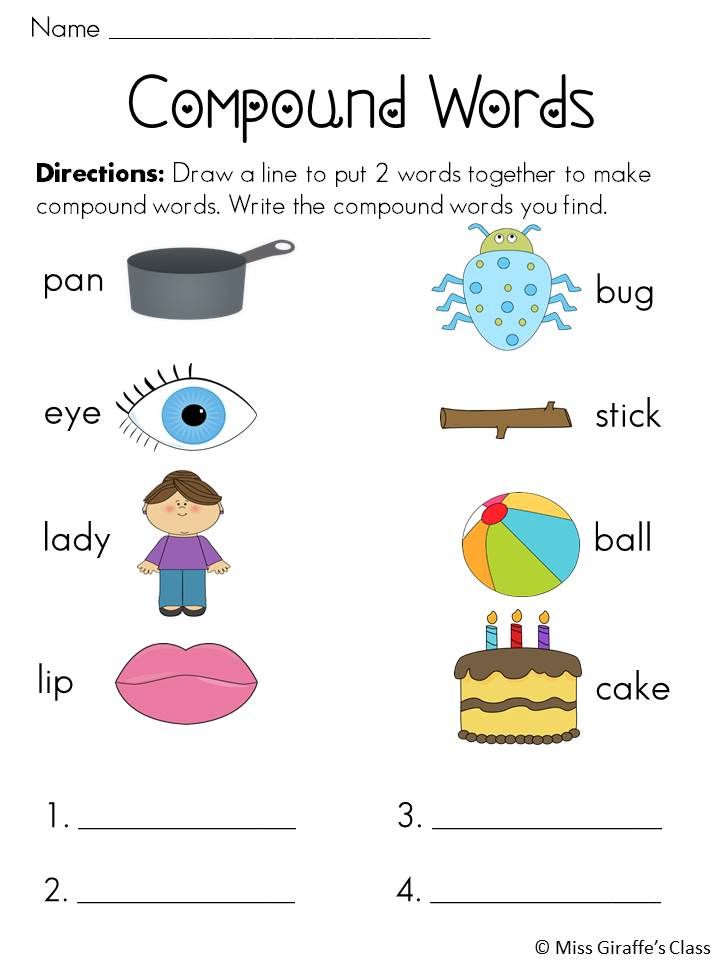
Don't bombard your child with new words. Try to include in conversations with him one unfamiliar new word. At the same time, just naming the word is not enough, it is better to explain what it means, whether it is used now or can only be found in books. This applies, for example, to words from Russian folk tales: a child hardly knows what the words “britchka”, “opara”, “armyak” or “sash” mean, and without understanding their meaning, he may not understand the meaning of the whole story.
Read books to your child more often and try to instill a love for reading , because during this activity not only speech develops, but also attention, logical thinking, imagination, memory. Discuss the plot with the child, ask if he understood what you just read, ask him to retell the story.
If the baby is not yet able to express his thoughts clearly and without getting lost, do not be afraid to clarify and ask questions yourself (“What did you mean?”, “Can you explain the same thing in other words?”).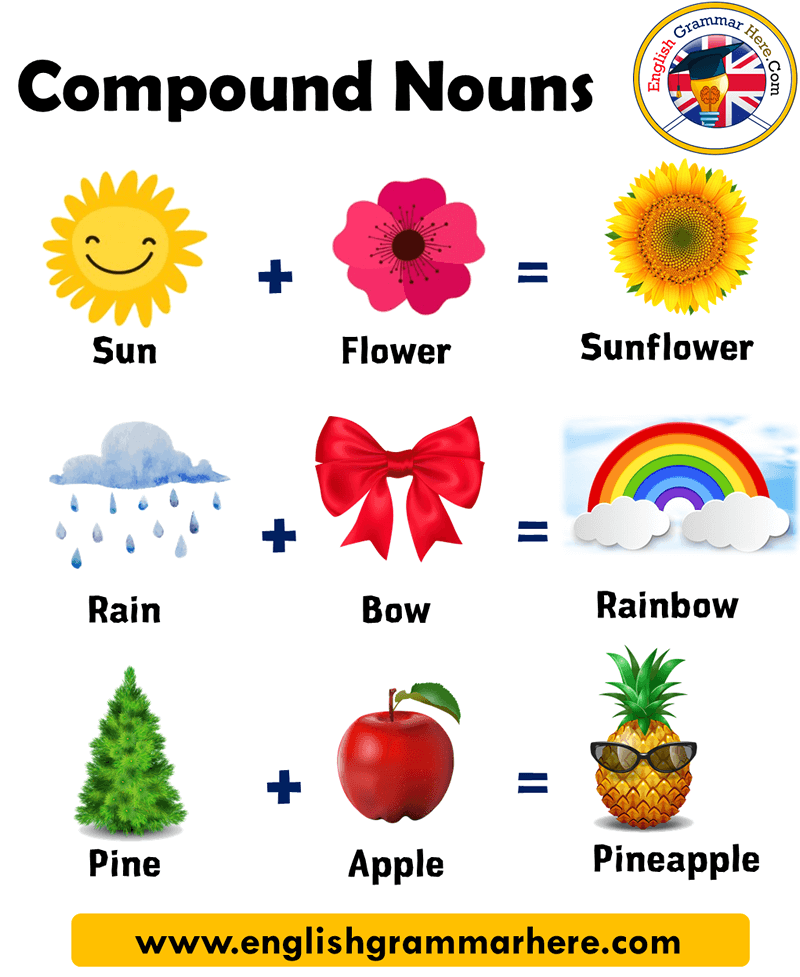
And finally, the most important thing: do not forget about working on yourself. After all, it has long been known: the wider the vocabulary of parents, the more words the child learns.
How to increase a child's vocabulary
To preserve the Russian language in a child, it is very important to constantly expand his vocabulary. But in the daily hustle and bustle, parents have no time to do this. We suggest that you sometimes include simple but effective techniques for memorizing new Russian words in the game.
⠀
Do the exercises below for only 10-15 minutes a day and your child will learn to express his thoughts clearly and his speech will be richer.
Associations with pictures
We think in images. It is easier for our brain to remember what a certain picture in our head is associated with. It doesn't matter if this association is logically correct or not.
⠀
For example, the mother of one of our students said that he could not remember the Russian word “barrel” for a long time.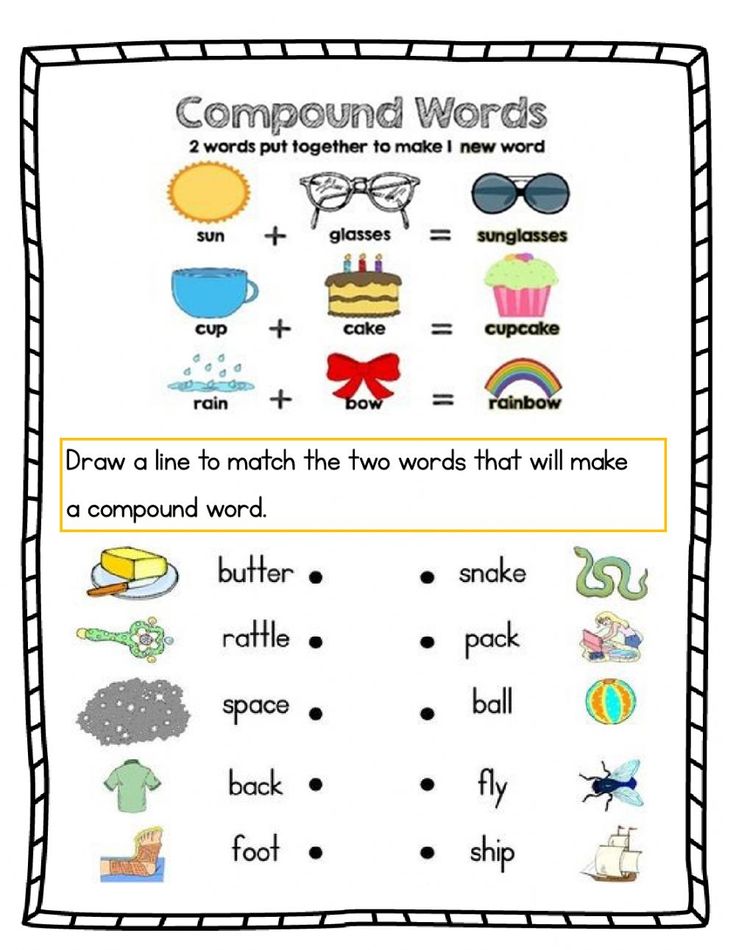 And one day, walking in the park, he saw a hollow in a tree and said: "Mom, look - this is a barrel." Yes, such a strange association arose in the child, but it helped him remember the word.
And one day, walking in the park, he saw a hollow in a tree and said: "Mom, look - this is a barrel." Yes, such a strange association arose in the child, but it helped him remember the word.
⠀
In our online lessons, we also successfully use the associative technique, and it gives excellent results.
⠀
Consider the technique using the example
⠀
Imagine that you need to remember the word "carrot". What's the first thing that comes to mind? In our country, for example, carrots are orange, crispy, sweet, you even feel like you are stinging your tongue from carrots in Korean. And if you turn on the fantasy, then you can imagine another rabbit, beds and a bunch of everything directly or indirectly related to this word.
⠀
Let's try to remember the word "vegetables" with the child. Take a sheet and draw a basket together. Write "vegetables" on it. Now draw lines from the basket and draw different vegetables on them below.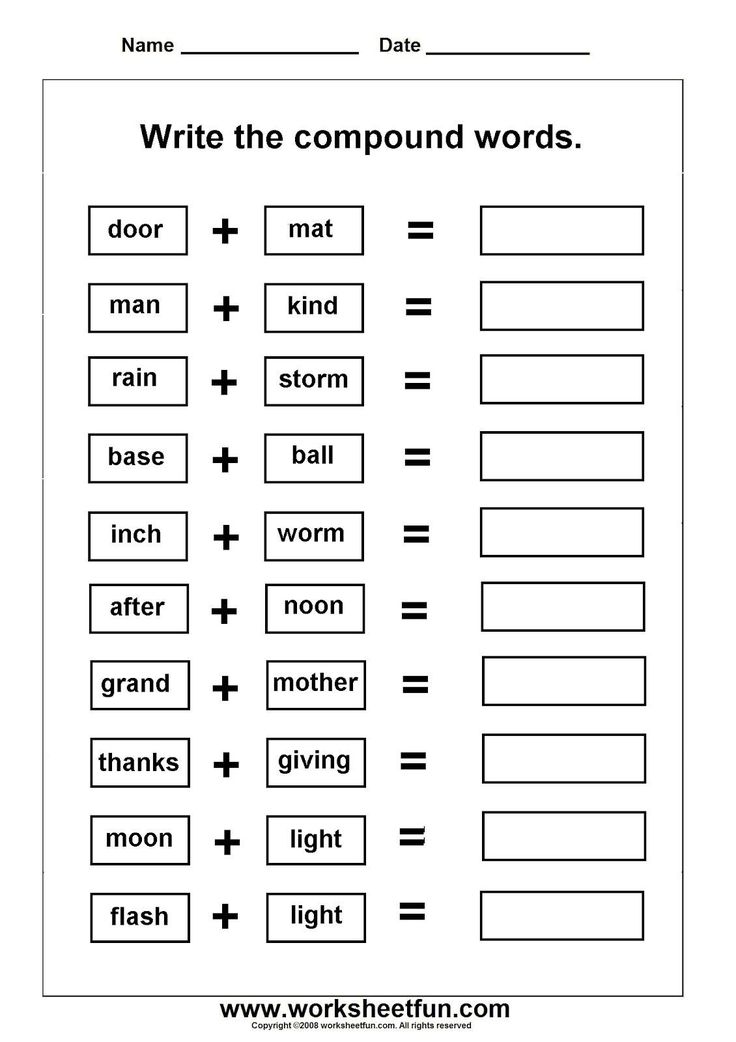
The more connections appear in the child's brain, the faster he will remember and recall the right word at any moment.
Associations with the help of words
All the same images, only with the use of words.
⠀
For example, you and your child need to memorize the word "biology". In addition to associations, as in the example above, you can use additional words related to this topic. The main thing is to present everything in detail.
⠀
For example: What is biology? Biology is the science of living beings and their interaction with the environment. Difficult? Yes.
⠀
Now let's simplify. Biology is the science of plants, animals, insects, fish and how they grow and live in forests, rivers, seas, etc. Let the wording be not very correct, but the child will understand.
⠀
Write the word "biology" together with your child in the center of the sheet, and write around all the words that come to mind. The topic is very extensive, so there will be a lot of words.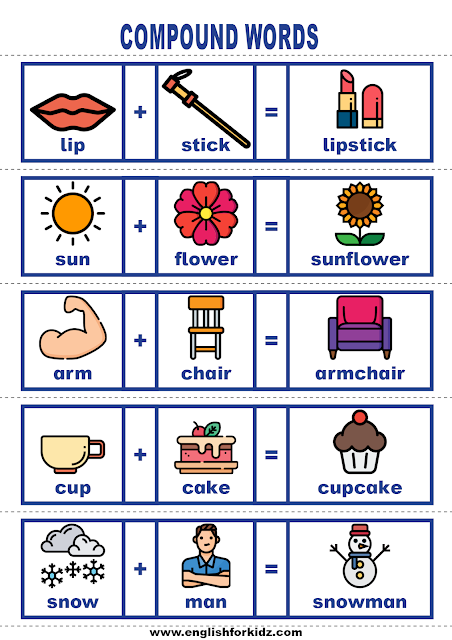
Thanks to this approach, the child will remember old words and easily memorize new ones.
Memorize word combinations and phrases
Learn not only new words, but also compounds. Use verbs and adjectives. Let's get back to our vegetables. For example, you can say: “vegetables are tasty and healthy”, “we will eat vegetables”, “vegetable salad”, “vegetables are multi-colored”, etc. words that are associated with it. Ask for any offer. For example, just say the first thing that comes to mind.
You can take the same “biology”. Say, "Make up a phrase with the words 'biology' and 'hare.' It may turn out to be absurd, but the main thing is that a connection develops in the brain - biology studies hares.
⠀
Let's go ahead and complicate the task a little.
Make up stories with new words
If you can't remember a new word, you can use stories. Our brains are designed in such a way that we easily remember stories and events, even if they are very strange.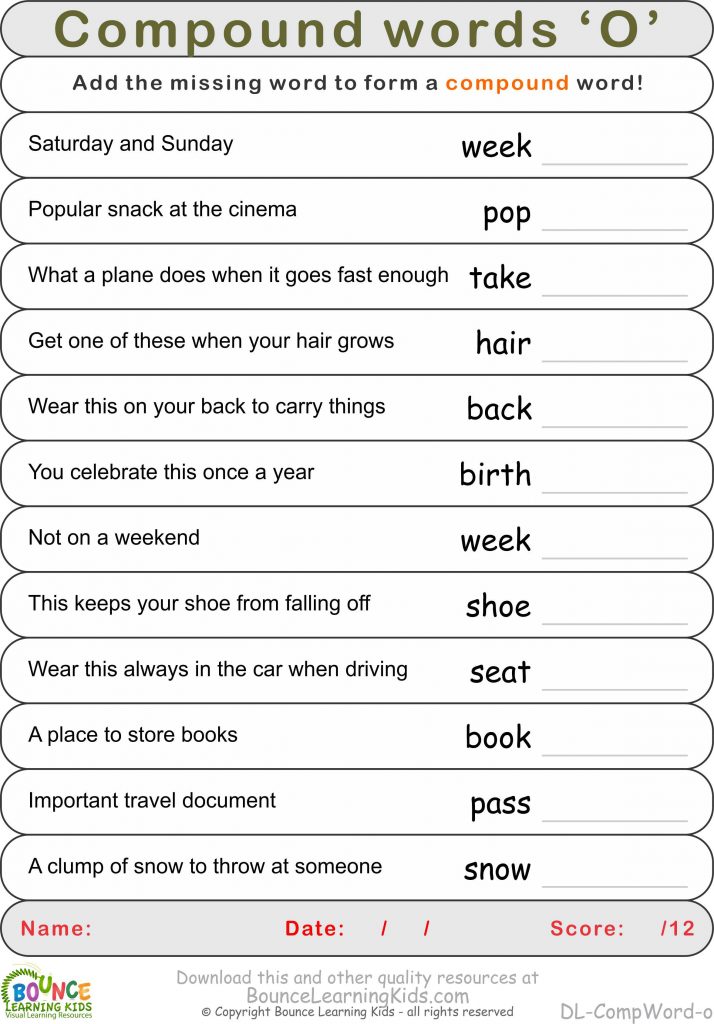
⠀
Let's take our vegetables again. Everything we can remember. You can even put them in front of the child.
⠀
For example: cabbage, potato, tomato, cucumber, carrot, beet. And let's make up this story:
What will happen next? Come up with your own!
⠀
Be sure to try to play a similar scenario with your child, and you will be surprised how quickly he will remember the right words.
Break down compound words into components
To guess what a compound word means, divide it into parts with your child. For example, take the words "airplane", "pedestrian", "puzzle". They are complex because they are formed from two words and have two roots. See an example in the picture below.
Teach your child to analyze difficult words on his own, and it will be easier for him to memorize them. And you can also play the other way around: name two words, and let the child try to make one out of them. For example:
⠀
- who cuts the forest - a lumberjack;
⠀ - the boy is three years old - he is three years old;
⠀ - the figure has three corners - a triangle, etc.
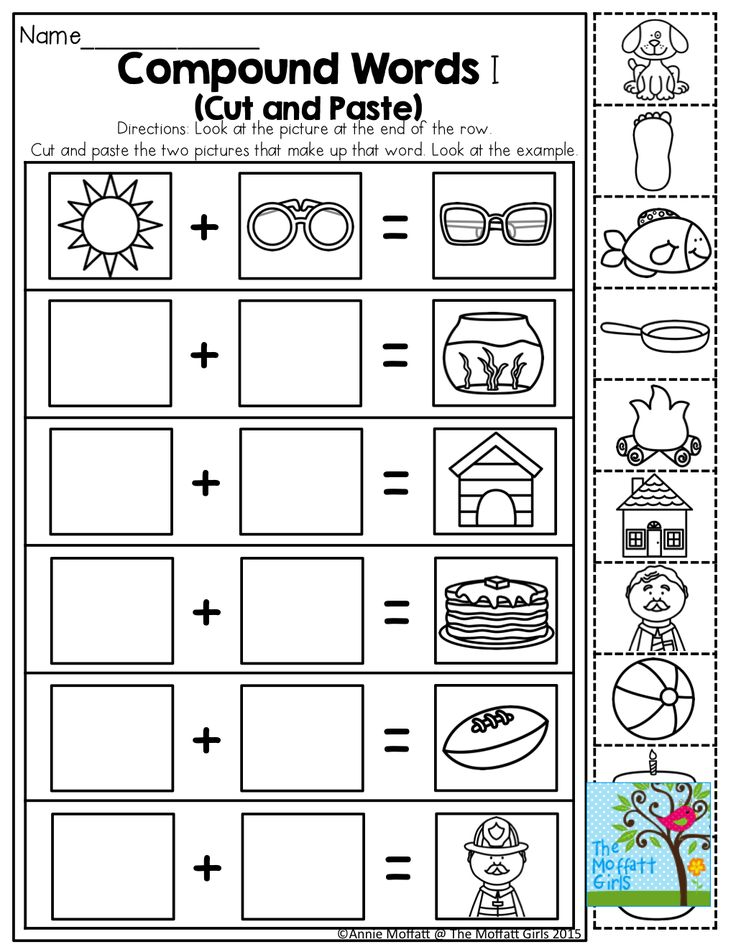
Learn more

